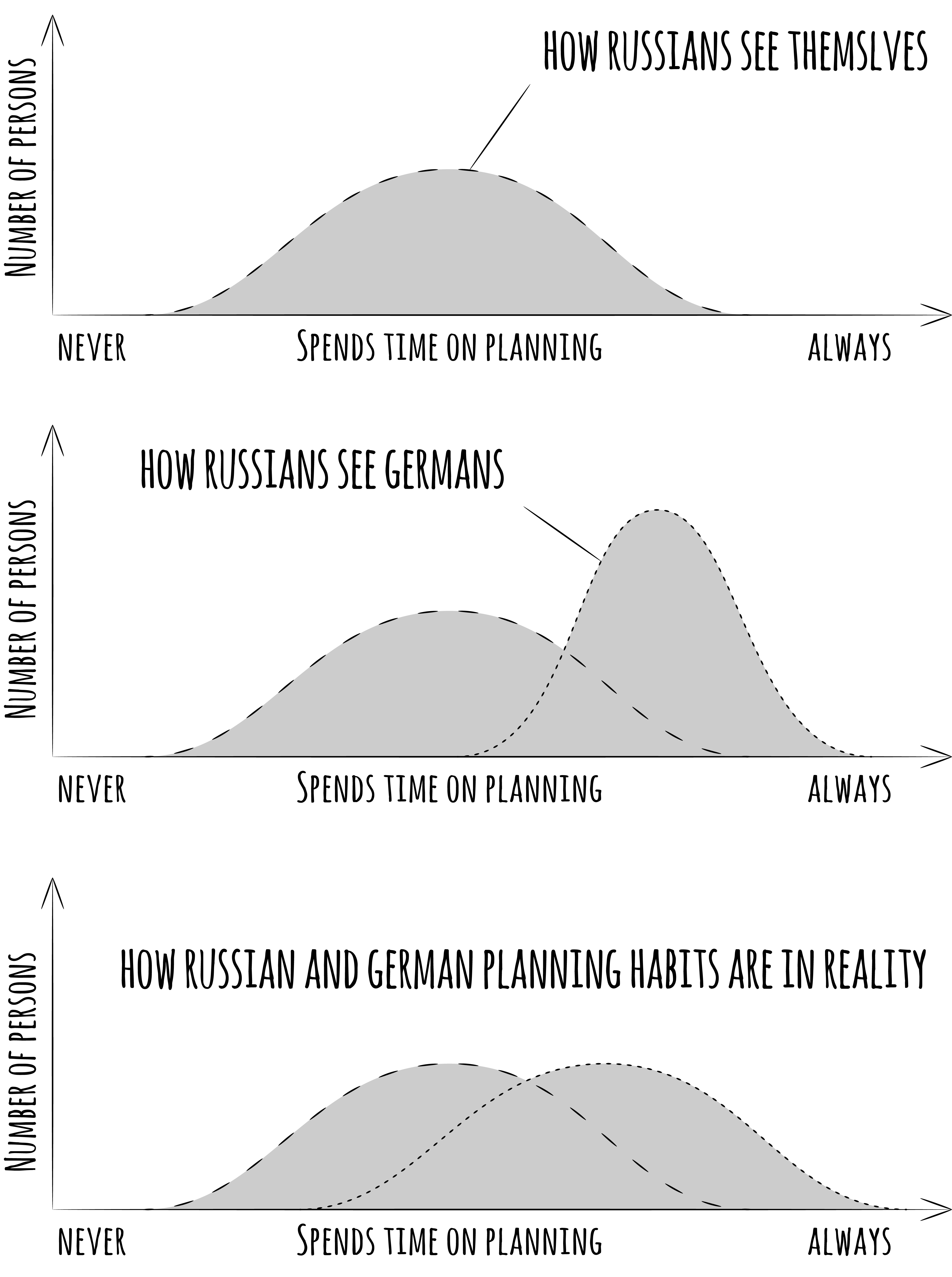Say, you’re headed to a job interview in the U.S.
You’ve probably prepared for this common question: “Where do you see yourself in 5/10 years?”
This is a perfect example of how Americans – and other future-oriented cultures – view time.
Their focus is on future goals.
What can they accomplish in the present to meet these goals?
How can they benefit in the future from their actions today?
We’ve talked about past-oriented cultures and present-oriented cultures.
If you find yourself most often viewing life in terms of what is to come, you might be from a future-oriented culture.
Future-Oriented Values
“The future depends on what we do in the present.” – Mahatma Gandhi
Future-oriented cultures view life and priorities in terms of long-term goals.
Their values are based on goal-setting and achieving.
In a large-scale study of culture and leadership, the GLOBE project defined future-oriented cultures as those that value “the sacrifice of short-term pleasures and satisfactions in favor of long-term success and prosperity.”
As you can imagine, such goal-oriented cultures are often competitive and confident, as they have an idea of what they want.
Think, “the American Dream.”
Sacrificing today means a more promising tomorrow.
Such cultures are grounded in optimism, seeking a better future for themselves and working toward that “dream.”
They value planning and investing.
The study also found that future-oriented cultures – like the U.S., Singapore, Switzerland, the Netherlands, and Malaysia – often have a higher GDP per capita, as their forward-thinking values help them see the big-picture.
The Future is Ours
“Let the future tell the truth, and evaluate each one according to his work and accomplishments. The present is theirs; the future, for which I have really worked, is mine.” – Nikola Tesla
To differentiate between past, present, and future orientation, consider a pipeline potentially being constructed over sacred land.
A past-oriented culture might view the grounds as sacrosanct.
From their perspective, the land should be respected, and the people’s historical use and ownership of these grounds, honored.
A present-oriented culture might primarily value the jobs that this pipeline will provide today – jobs in a region that desperately needs them.
A future-oriented culture might look at the long-term effects of this pipeline.
What would the benefits of its construction be? The drawbacks and the costs? To what extent would the pipeline impact the environment and the bottom line?
The point is, a culture’s time perception dictates its values.
Cultural time orientation will influence thinking, rationale, and the choices one will make in business and personal matters.



